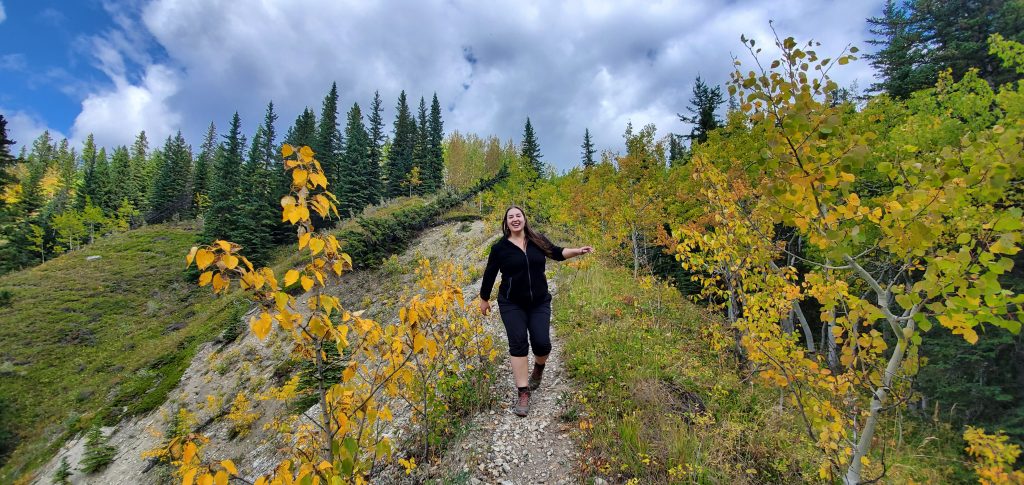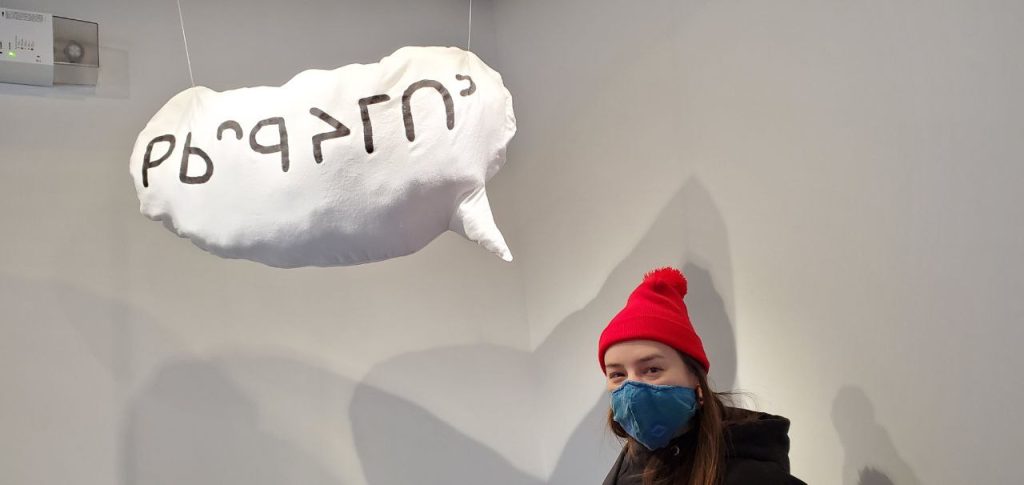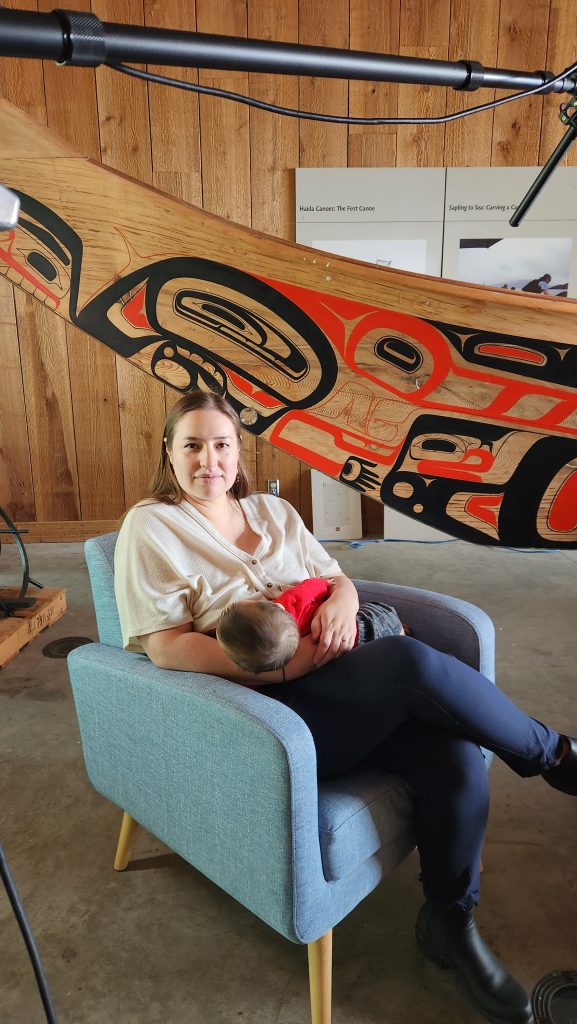Welcome to the Library’s celebration of Indigenous History Month! An important strategic goal for the Library is to incorporate Indigenous ways of knowing into services and spaces, guided by Indigenous students, faculty, and communities. This June, our blog series will spotlight Indigenous Peoples, delving into their rich histories and honoring their enduring legacies.
Meet our new Indigenous Engagement Librarian, Jessie Loyer!

Jessie joined our Library as Indigenous Engagement Librarian in March 2024. She is a Cree-Métis librarian and a member of the Michel First Nation. Jessie’s work looks at Indigenous information literacy, supporting language revitalization, and creating ongoing research relationships through kinship. We are excited to be working with her.

- Describe an average day for you. What kinds of activities are involved with your work?
There are three parts to my work: helping students, faculty, and staff with Indigenous research questions, offering professional development to our library so we can better welcome Indigenous patrons, and connecting the library to the wider Indigenous strategic work. I get asked questions ranging from “How did Metis women’s clothing reflect the political changes they experienced?” to “How does re-introduction of keystone species like the buffalo shape the ecosystem that is shared by ranching and reserves?” to “I need to find films by trans Indigenous youth!” I like that the kinds of questions that cross my desk are wide-ranging, curious, and always interesting.
- What projects/collaborations are you working on?
As part of my research, I’m the co-director of the Prairie Indigenous Relationality Network, which connects interdisciplinary researchers who are interested in relationality. My research focuses on Indigenous information literacy and how a Cree understanding of kinship helps us to build kinship not only with people, but with information.

- What would you say is the most challenging about your work?
While the internet has allowed for some amazing collaboration between Indigenous people, it’s also allowed misinformation to flourish! Indigenous research requires us to use terminology that outsiders have placed on us, rather than our own names, and anyone starting a search has to think about all the terms we use to talk about Indigeneity, over time, in different languages.
- What kinds of things do you do when you aren’t at work in the library?
I love an Aquafit class. Old ladies, gossip, ‘90s jams, and the water? Sign me up.
- What are you currently reading?
There is no middle ground; it’s either work related or romance novels these days! I’m currently reading Indigenous Archival Activism: Mohican Intervention in Public History and Memory by Rose Miron, which follows the work of the Stockbridge-Munsee Mohican Nation’s Historical Committee in bringing home historical materials that belong to them. The other book I’m reading is a YA novel called Love from A to Z by S.K. Ali, a Muslim romance writer, and it’s about two kids who are playing a role for others, but who fall in love and learn to be more honest in the process.
To learn more about Jessie’s research, here are a couple recent papers…
- Littletree, S., Andrews, N., & Loyer, J. (2023). Information as a relation: Defining Indigenous information literacy. Journal of Information Literacy 17(2). https://doi.org/10.11645/17.2.8
- Loyer, J. (2021). Collections are our relative: Disrupting the singular, white man’s joy that shaped collections. In Browndorf, M., Pappas, E., & Arrays, A. (Eds.), The collector and the collected: Decolonizing area studies librarianship (pp. 3-19). Library Juice Press
Need feedback and support with your class assignments? Chat with us or “make an appointment with a Librarian.”
Thanks for the read! Love us on the blog? Chances are, you’ll love us on social media! Follow us, @uofalibrary on Instagram
This content is licensed under a CC BY-NC-SA 4.0 Creative Commons licence.
